Details You Never Wanted. Sony 50mm f1.2 G Master Review
The Sony 50mm f1.2 G Master will satisfy those who obsess over clinical sharpness with the bokeh to match and just a bit of lens flare.
I spent the better part of an hour trying to figure out the right title for this piece. The Sony 50mm f1.2 G Master lens is here. And it’s obviously their best 50mm lens yet. It’s packed with 11 aperture blades, weather sealing, two custom control buttons, an aperture ring, and more. Of course, what would a Sony lens be without overengineering? And that’s where I was scratching my head. The Sony 50mm f1.2 G Master lens is like a table hot sauce. Some of you may think Frank’s Red is hot. Others may adore Cholula. But to the elitist snobs among us, these are barely hot. However, they’ll satisfy the needs of most. And that’s what the Sony 50mm f1.2 G Master lens is doing. If it were a hot sauce, it would be a high-end product with a lot of bite but little flavor. Of course, we’ve come to expect that from Sony. And fear not, we compared it to the Canon RF 50mm f1.2 L USM Lens.
Editor’s Note: A big thank you goes out to our wonderful model Michelle. Further, this is a long, extensive review. You’re going to want to make use of this review’s table of contents feature to navigate it for sure.
Too Long, Didn’t Read
The Sony 50mm f1.2 G Master is a pretty great lens. I personally don’t see a reason to upgrade beyond the 55mm f1.8 if you own it already. If you’re a Canon camera owner, there’s also no reason to jump ship. But if you love the 50mm field of view and want the bokeh, spring for this lens.
Pros and Cons
Pros
- Fast to use on both the Sony a7r III and the Sony a7r IV
- Weather sealing
- Nice render
- Very sharp
- Wow, Sony actually listened to us and allowed a little bit of flare in. Bravo!
- I actually think that over $2,000 is a fair price.
- Pretty lightweight
Cons
- A few autofocus issues with strong backlighting
- Two different hard function buttons are a bit odd.
- Still has this render that’s nowhere as gorgeous as Canon’s
Gear Used
We tested the Sony 50mm f1.2 G Master with the Sony a7r III, Sony a7r IV, and the Profoto B10.
What’s Innovative?
The Sony 50mm f1.2 G Master is the third autofocusing 50mm f1.2 lens to hit the modern mirrorless camera market. Quite honestly, Sony isn’t doing anything necessarily different here. They’re all weather sealed. They all have control rings of some sort. If anything, Sony is playing catch up to the rest of the market with this lens.
Tech Specs
- Weather sealing
- 11 aperture blades
- Two function buttons
- Aperture ring
- 72mm front filter thread
- 778 grams
- 3 XA elements
- 108mm tall
- 87mm diameter
- Nano AR II lens coatings
Ergonomics
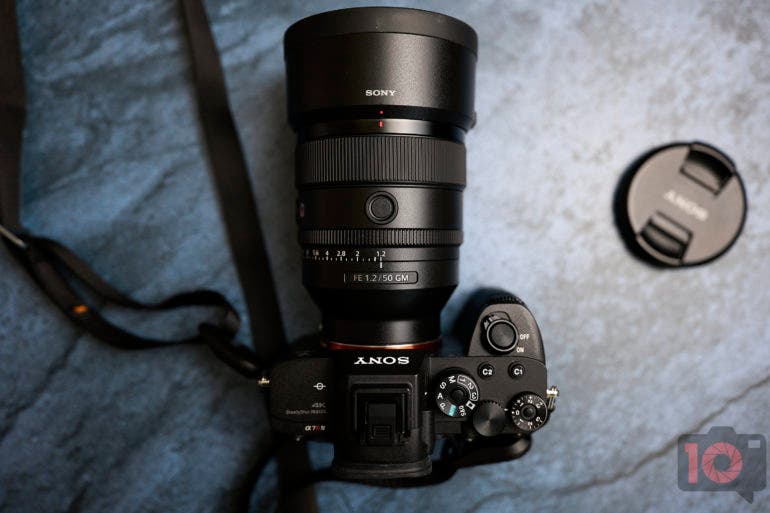
The Sony 50mm f1.2 G Master is a very typical Sony lens. First off, it’s a G Master. So it’s assuredly bigger and bolder than their other optics on the outside. You can spot the black plastic exterior that covers most of the lens. Both the aperture and focus rings have rubber handling on them. And there are two buttons for custom functions.
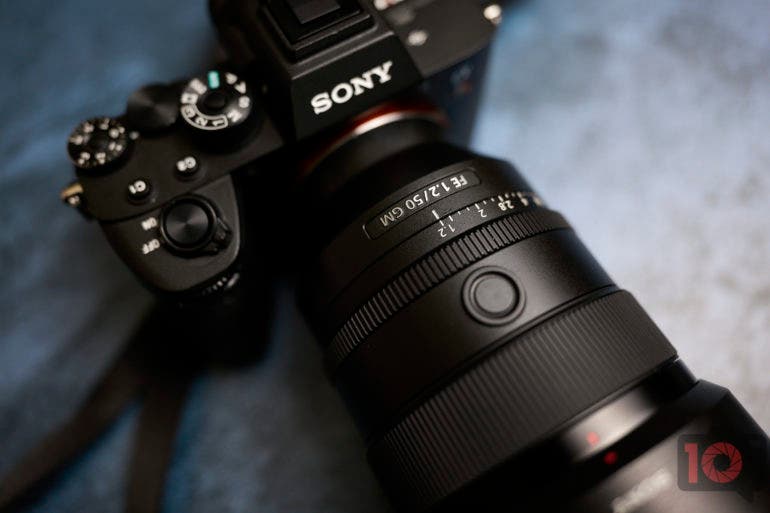
The aperture ring is closer to the mount. That may be odd if you use certain camera brands. But in use, it feels right at home.
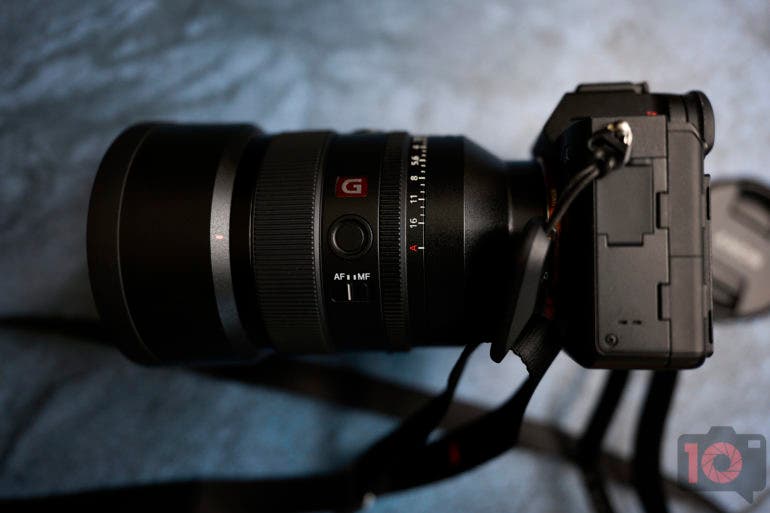
On the side of the lens are two controls. There is an autofocus/manual focus switch. Plus, there’s a function button. On the other side, you’ve got a switch for de-clicking the aperture.
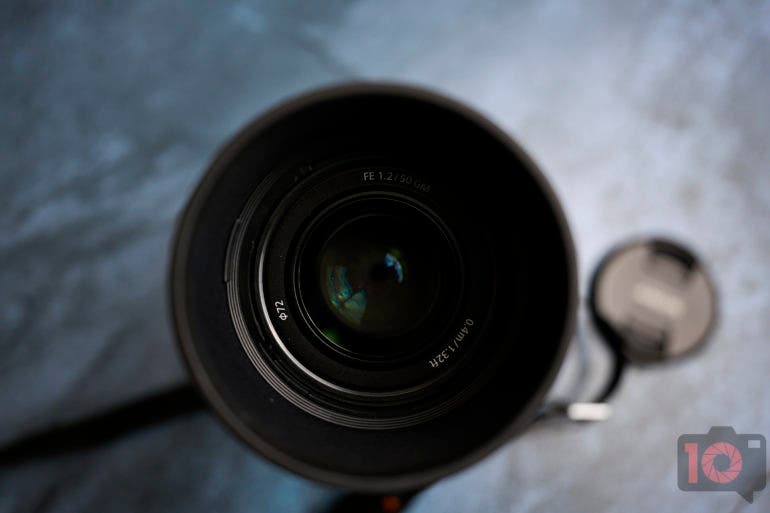
The front boasts a 72mm filter thread. That’s smaller than most!
Build Quality
We wanted to test the Sony 50mm f1.2 G Master in the rain as we typically do. But during our testing with it, no rain came. So we did the next best thing: we splashed water on it. Attached to the Sony a7r IV, the weather resistance surely did hold up. The lens continued to work and didn’t give us any major issues that would degrade the way it performs.

In the hand, the lens is surely made of plastic. And that’s fine, except that the plastic doesn’t feel as high quality as others on the market. It surely feels thinner than Canon’s version. The aperture ring is, especially, in a great place. But I ended up never using the two custom function buttons. It’s also not an incredibly heavy lens. Overall, Sony did a pretty good job with the Sony 50mm f1.2 G Master.
Ease of Use
There are a few things that might scare newbies from the Sony 50mm f1.2 G Master. Of course, there’s the aperture ring. If you lock it to the A-setting, you’ll be just fine. Then there are the function buttons. Sony put these on there for shooting both portrait and landscape. For what it’s worth, I never used them. If a new, passionate photographer gets their hands on these, they’ll be fine for the most part.

The Sony 50mm f1.2 G Master is truly a simple lens to use. And considering how good Sony’s autofocus is, you’re best off just leaving it as such.
Autofocus

We tested the Sony 50mm f1.2 G Master on the Sony a7r III and the Sony a7r IV. In low light with strong backlighting, the Sony a7r IV had issues. I encountered these same issues when the camera first launched. I thought they were fixed. But that’s not the case. Unfortunately, you can’t leave the camera on AF-C and wide focusing in this case. Typically, you can do this with Human face detection on, and Sony will simply nail it. You’ll need to slow down in low light instead and hope that it can get a subject’s eye.



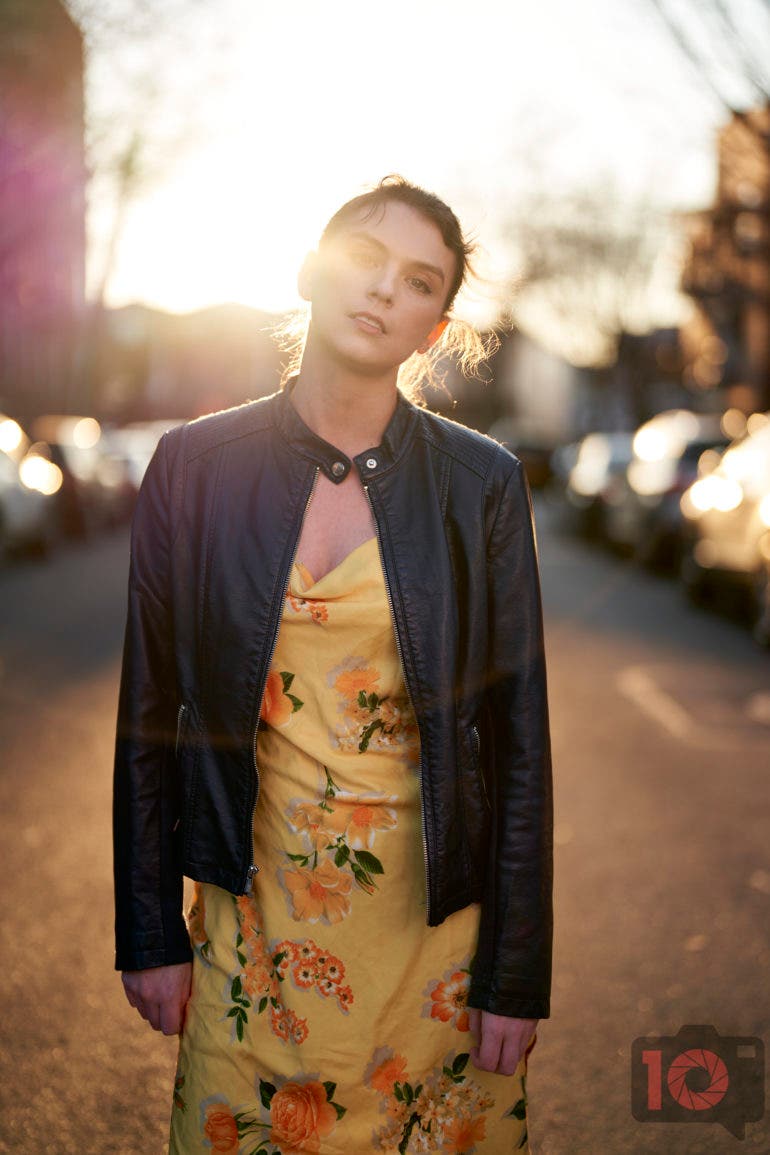
When the day is brighter, you’ll have better luck. Even with strong backlighting during a sunset, the duo performed admirably. The Sony a7r IV and Sony 50mm f1.2 G Master was able to get the eye in focus around 90%. Tests like that make things pretty tough to do. Comparatively speaking, Canon has also not had any problems in this department.
Luckily, in low lighting, with your subject being front-lit, the autofocus is much better. The Sony 50mm f1.2 G Master and the Sony a7r IV were able to lock onto walking subjects and nail the focus each and every time. What’s more, it was able to do it at f1.2 with moving subjects. One would say that that’s impressive, but Canon has been doing this for a while now.






As a reviewer, this puts me in the most surreal position. I started this website as a Canon camera lover. But like most, I felt they turned their back on their customers. So I used to throw a ton of insults at them and adored what Sony was doing instead. However, Canon’s caught up. And in this case, Sony is now the one playing catch-up with autofocus performance.
I talked to Sony’s reps about how the lens would perform on the Sony a7r III. To this day, that’s actually my bread and butter camera. I use it for most things. In similar situations, I felt the Sony a7r III outperformed its predecessor while autofocusing. It was shocking to see.
For even more of a challenge, I pit the Sony a7r III with the Sony 50mm f1.2 G Master vs. the Canon EOS R5 with the Canon RF 50mm f1.2 L USM. They performed very similarly, with Canon being ever so slightly faster. Most folks probably wouldn’t notice.
Image Quality
Before I go on, I should state a huge obvious fact. The Sony 50mm f1.2 G Master is great. For the folks who want clinical sharpness, you’re getting it. For the folks who complained about onion bokeh, there is none. And if you are bothered by beautiful lens flare, its soul has been sucked dry. You’ll need to put all that stuff in via post-production instead. Basically, if you don’t like sitting in front of a computer, create a camera profile instead. Otherwise, get a Pro-Mist filter or something. You’ll probably need it. Sony does this thing that adds extra contrast, clarity, and sharpness. Lots of you will like it.
Bokeh

The bokeh from the Sony 50mm f1.2 G Master is lovely. This is as a result of the 11 bladed aperture on the lens. But more than that, Sony has gone a bit further. They try to create the absolute smoothest bokeh possible through special polishing methods with their optics. With that said, they remove something that they call “Onion bokeh.” Personally speaking, it’s never bothered me. And quite honestly, I think someone on the web just made a bigger case of it than it really deserved to be. However, you’ll get incredibly smooth bokeh. That’s nothing to complain about at all.

Color Rendition
Colors from the Sony 50mm f1.2 G Master tend to be a bit sterile for my liking in studio situations. But otherwise, I’m inclined to say that they’re very standard. By default, I always shoot with my Sony cameras in the Deep or Clear color profiles. They’re just always the most gorgeous ones to me.
Overall though, these colors are sterile compared to other Sony 50mm lenses. I own the Sony 55mm f1.8 FE. And I really tend to prefer the colors from there instead.

Above is the 55mm f1.8, while below is the 50mm f1.2 G Master. I tend to like the colors from the older lens a bit more. Of course, that could be my own opinion. Many folks swear by the 55mm f1.8 as it’s seriously one of the company’s sharpest lenses. It’s also small, lightweight, and very affordable. The new 50mm G Master has more pop for sure. Still, until it breaks, I see no major reason to upgrade my 55mm f1.8. There’s also the size factor. All my Sony lenses are pretty small. I’ve curated my kit to have the camera and a lens attached to fit into my camera bag slots.

Lens Character

There’s good news and good but bad news. The good news is that there’s no major chromatic aberration problem. So if you’re old school, you can worry a tad less about that. The good but bad news is that there’s lens flare. But you have to really work for it. As a photographer that’s been begging Sony for more lens flare, I’m pleased about this. It’s been desperately needed. But I still wish it could do even more lens flare.

Sharpness
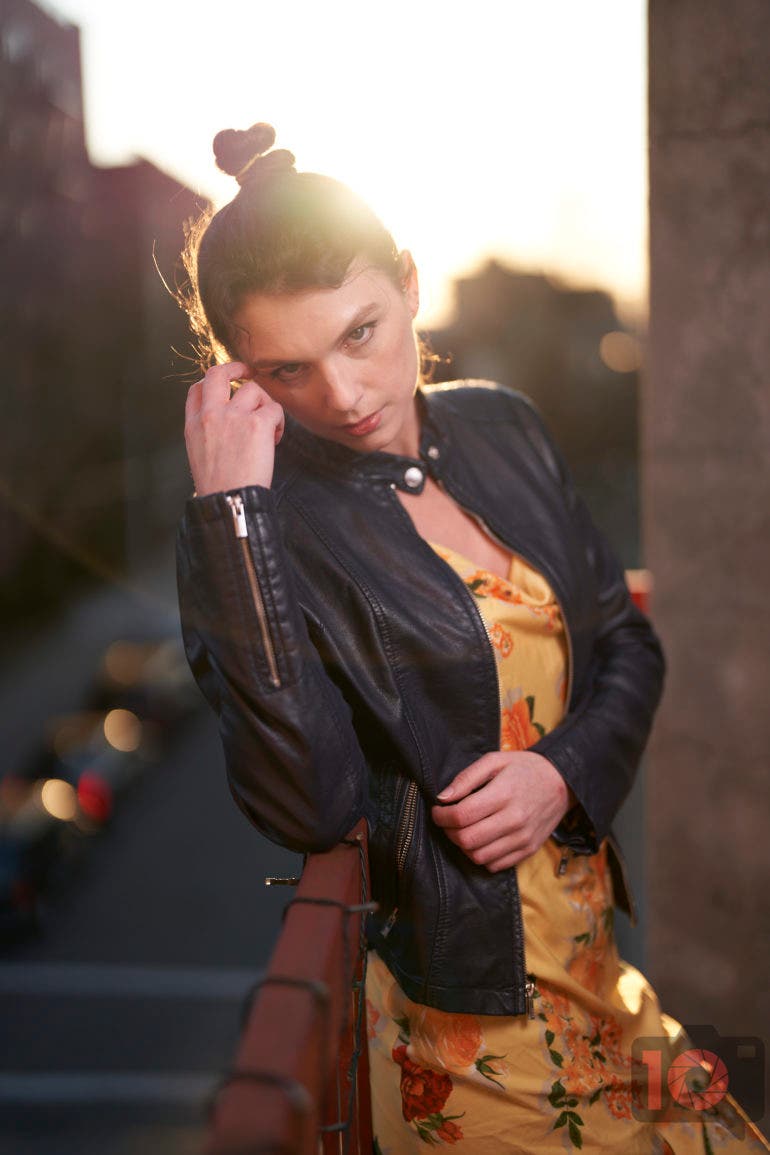
The Sony 50mm f1.2 G Master is incredibly sharp. These photos were shot outside with a Profoto B10 flash. Each and every time, the images just came out super crispy. There’s not a lot to complain about here regarding sharpness. However, you’ll see later that it still does this thing where it’s too sharp at times.
Extra Image Samples
From day 1, the Phoblographer has been huge on transparency with our audience. Nothing from this review is sponsored. Further, lots of folks will post reviews and show lots of editing in the photos. The problem then becomes that anyone and everyone can do the same thing. You’re not showing what the lens can do. So we have a whole section in our Extra Image Samples area to show off edited and unedited photos. From this, you can make a decision for yourself.
Our standard photo editor is Capture One Pro. I personally tend not to do much editing beyond color, contrast, clarity, maybe some dehaze, and exposure adjustments. I hate retouching. I’d much rather ask my model to do makeup adjustments or use a haze filter.
Edited



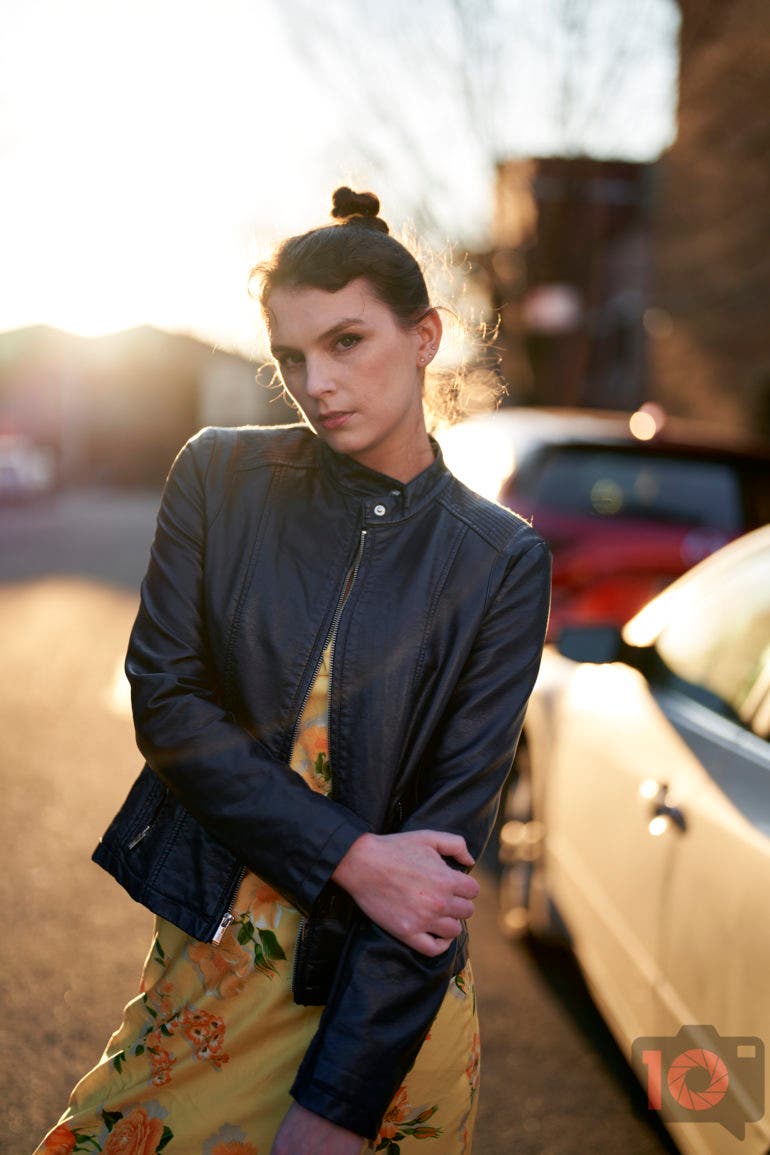










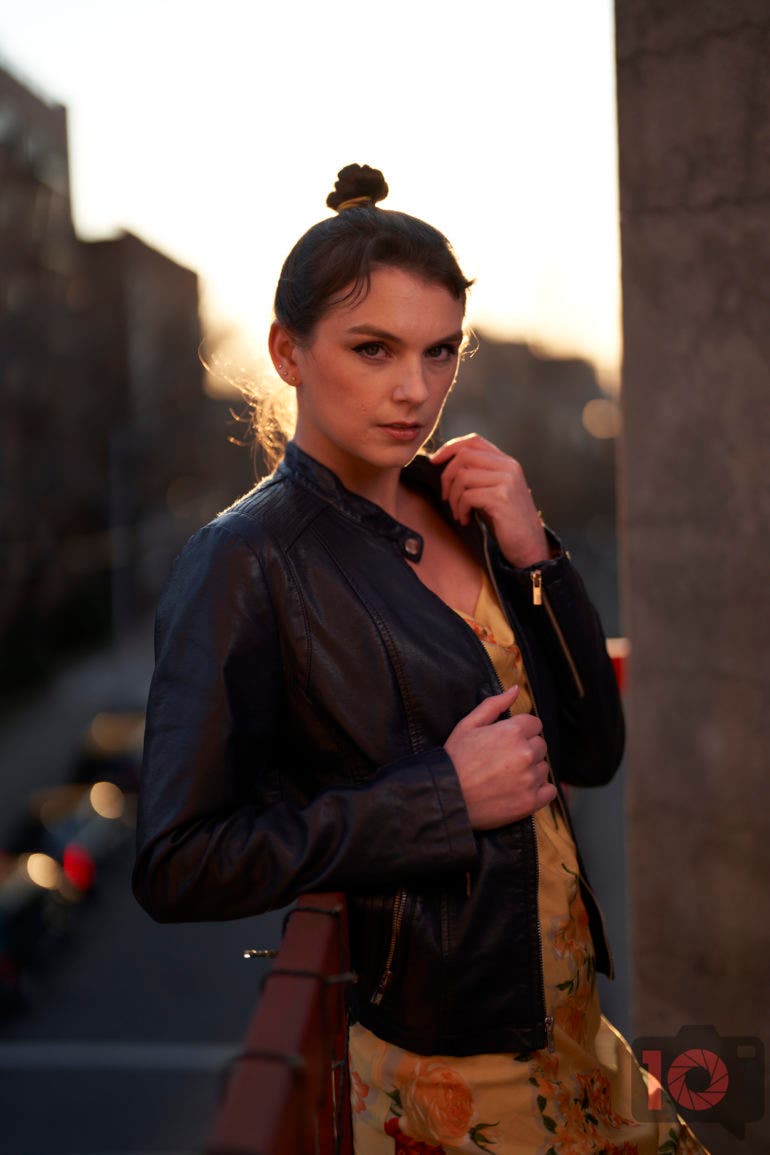
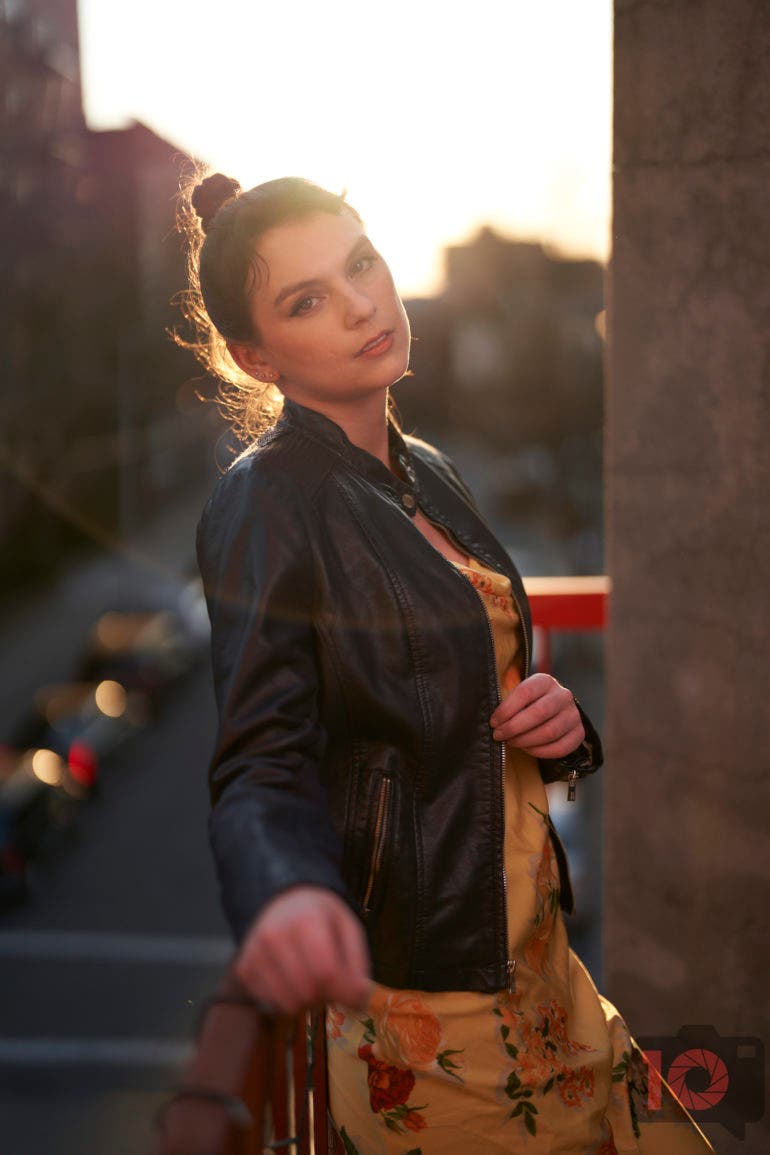
Unedited



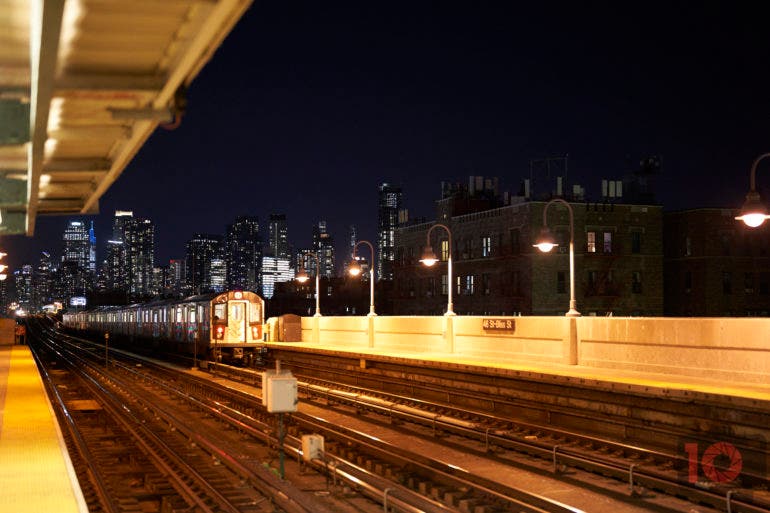






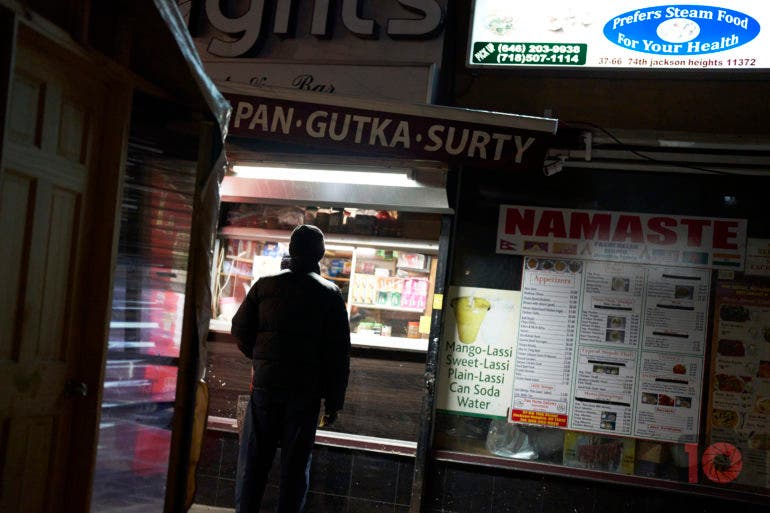









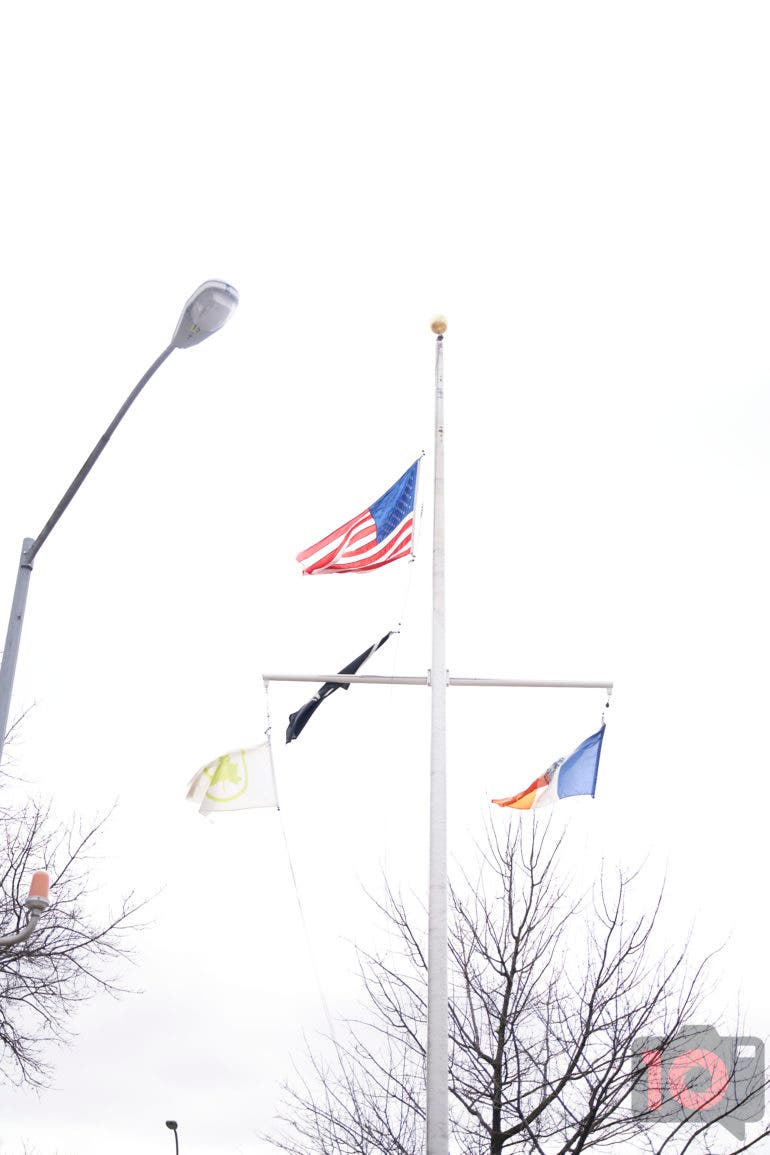



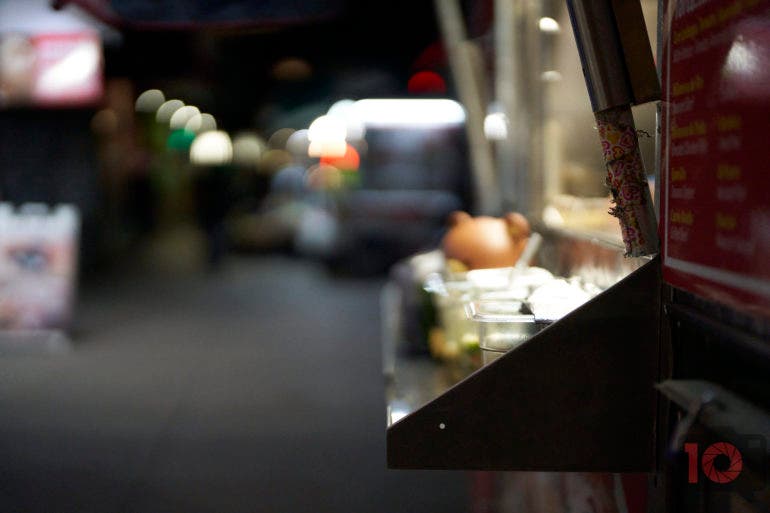



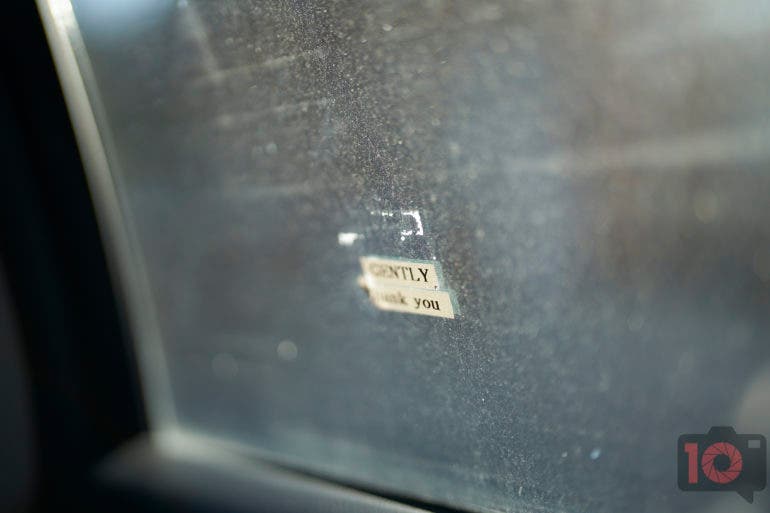










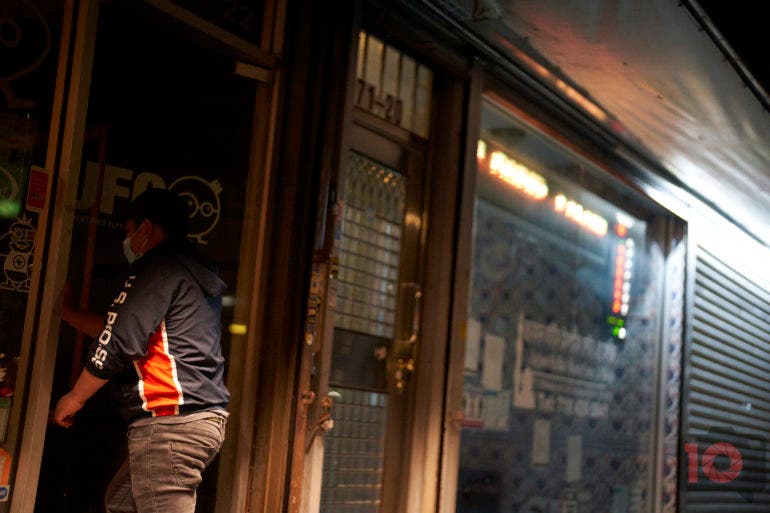


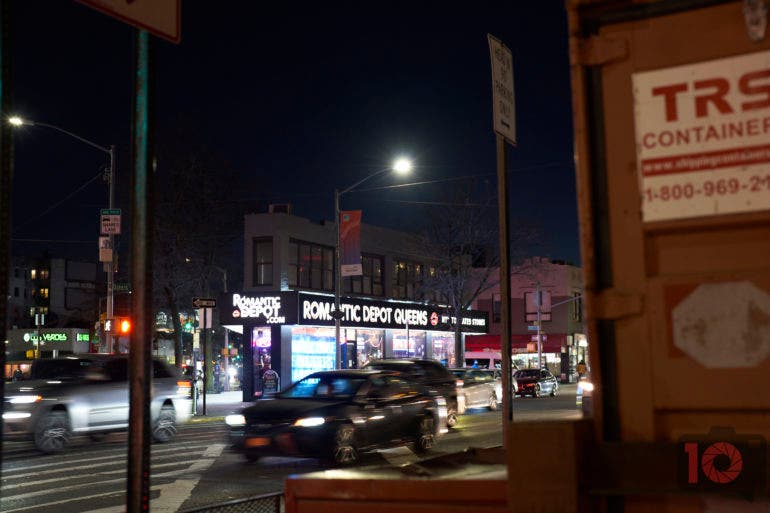


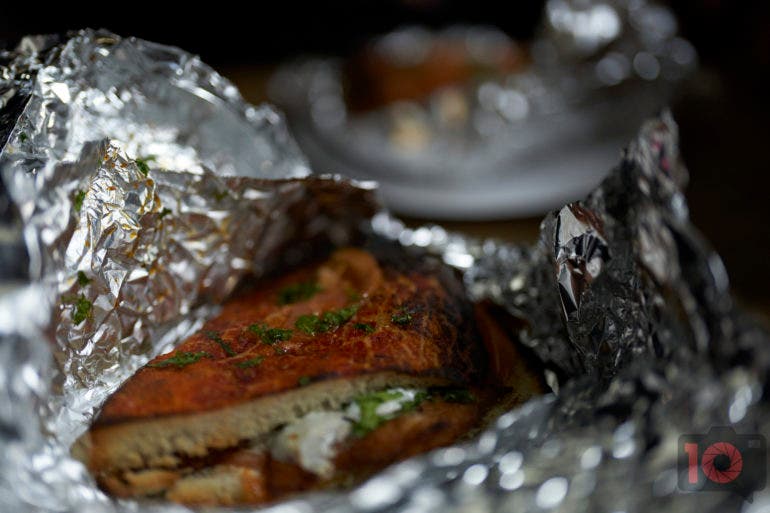


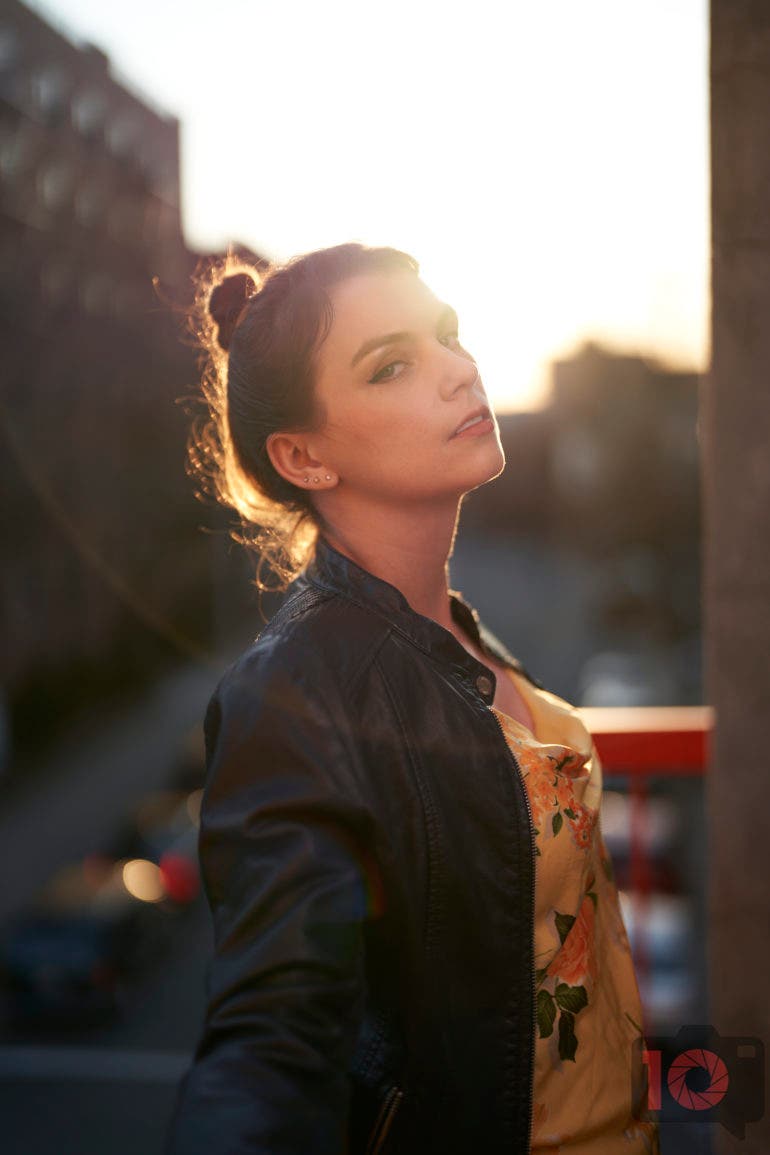



Comparison vs. Canon RF 50mm f1.2 L USM
We’ll let you folks draw your own conclusion here. But with the Sony a7r III and the Sony 50mm f1.2 G Master facing off against the Canon EOS R5 with the Canon RF 50mm f1.2 L USM, we liked the Canon render more. It felt more organic, smoother, and film-like. These photos are all unedited.
Canon


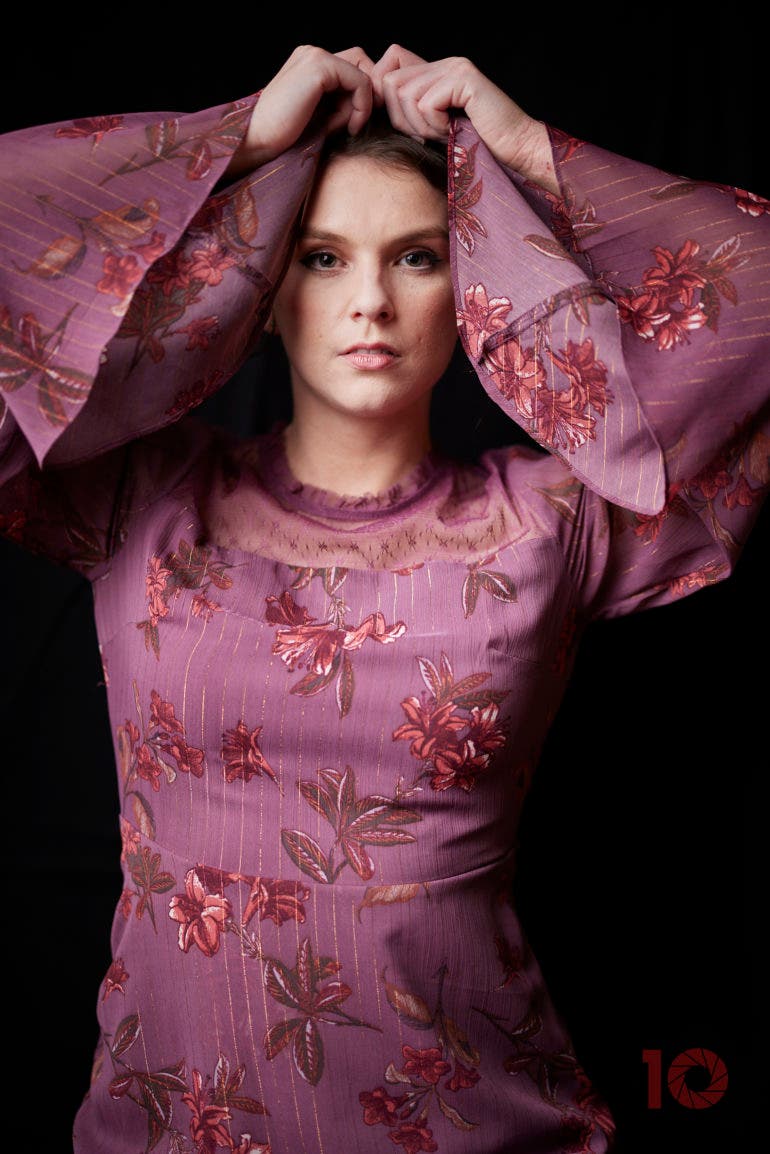
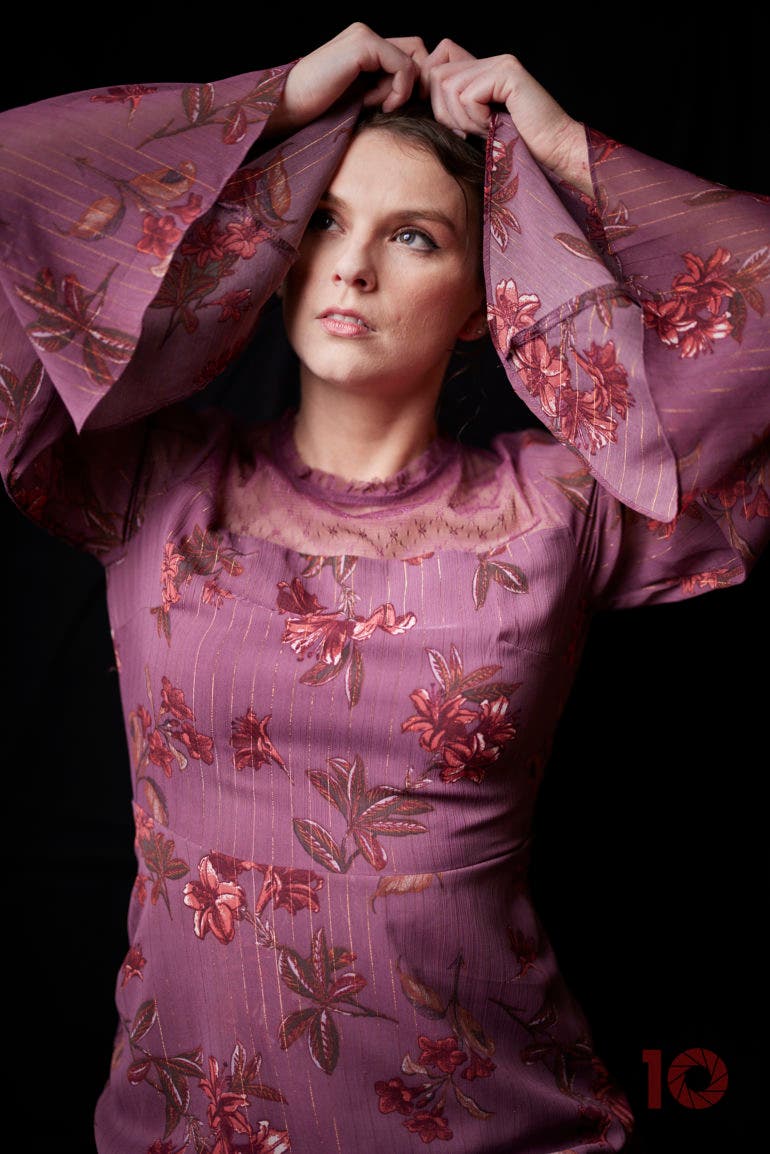


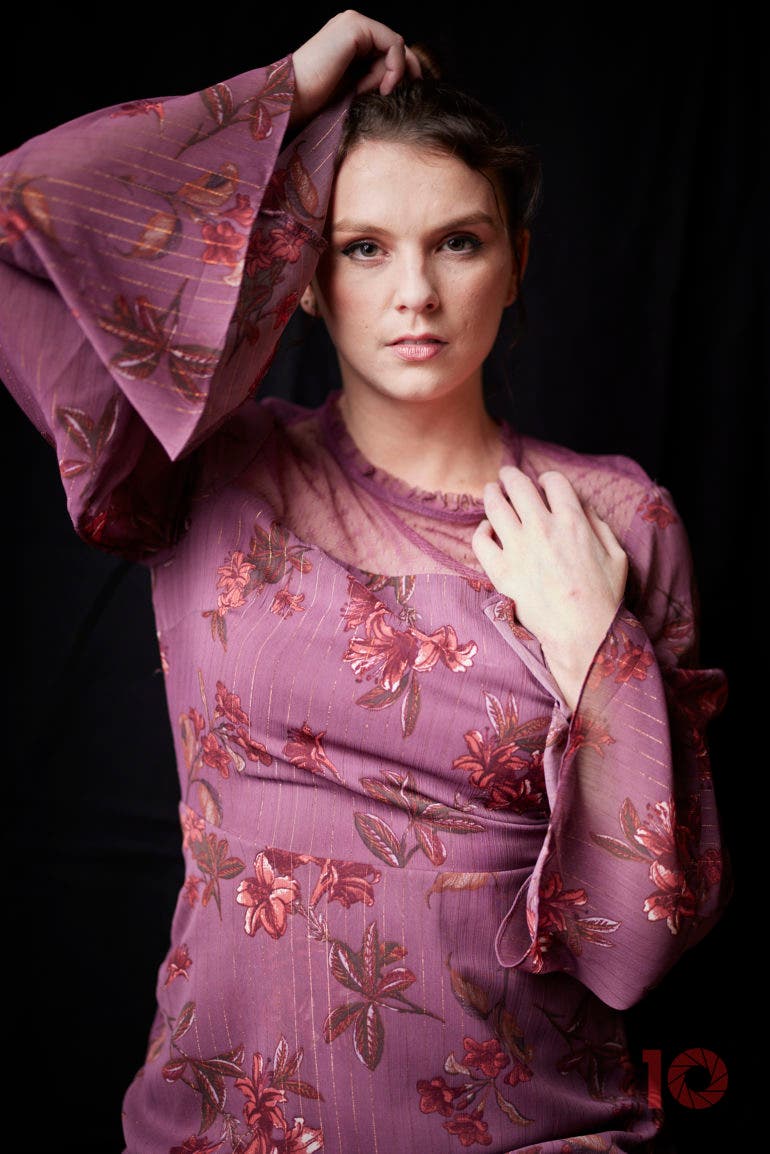








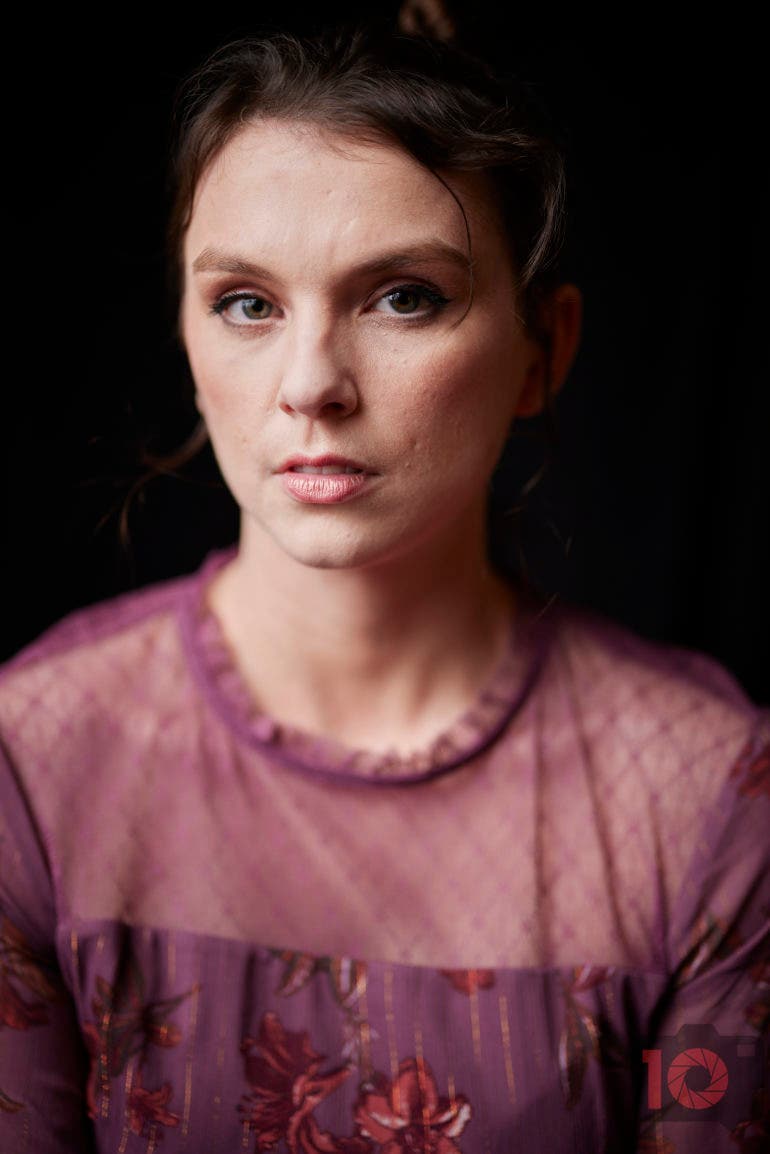
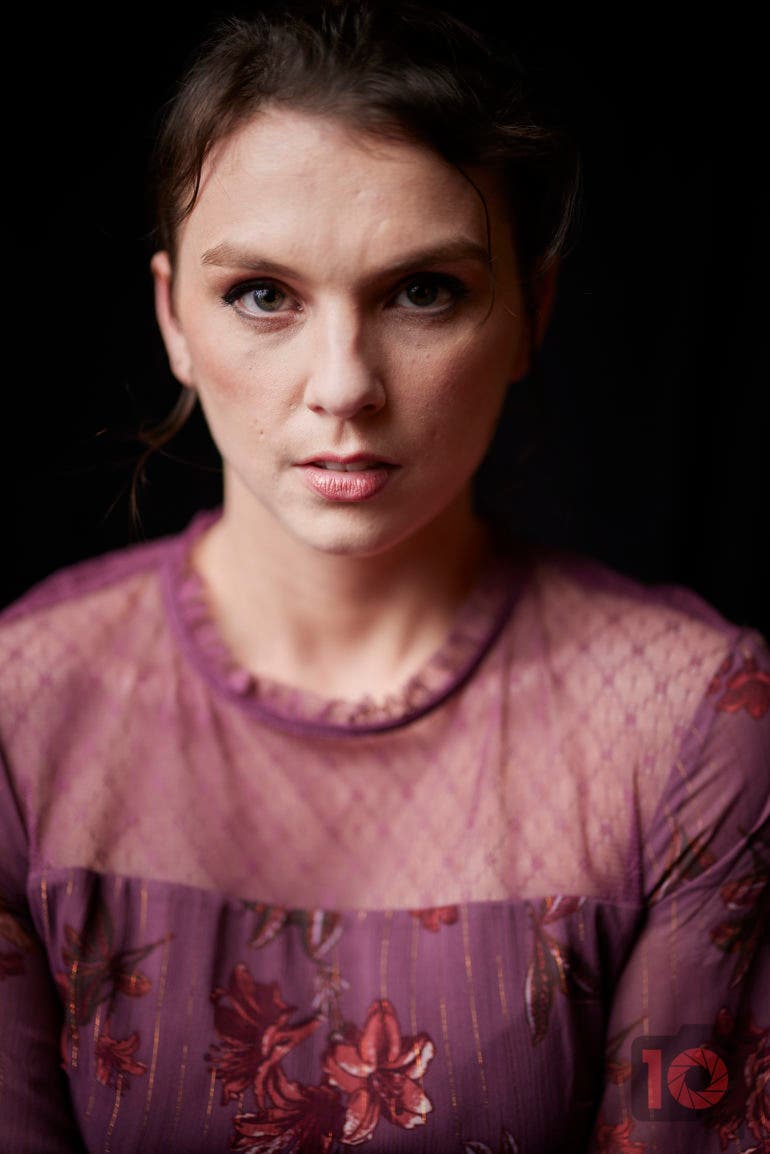


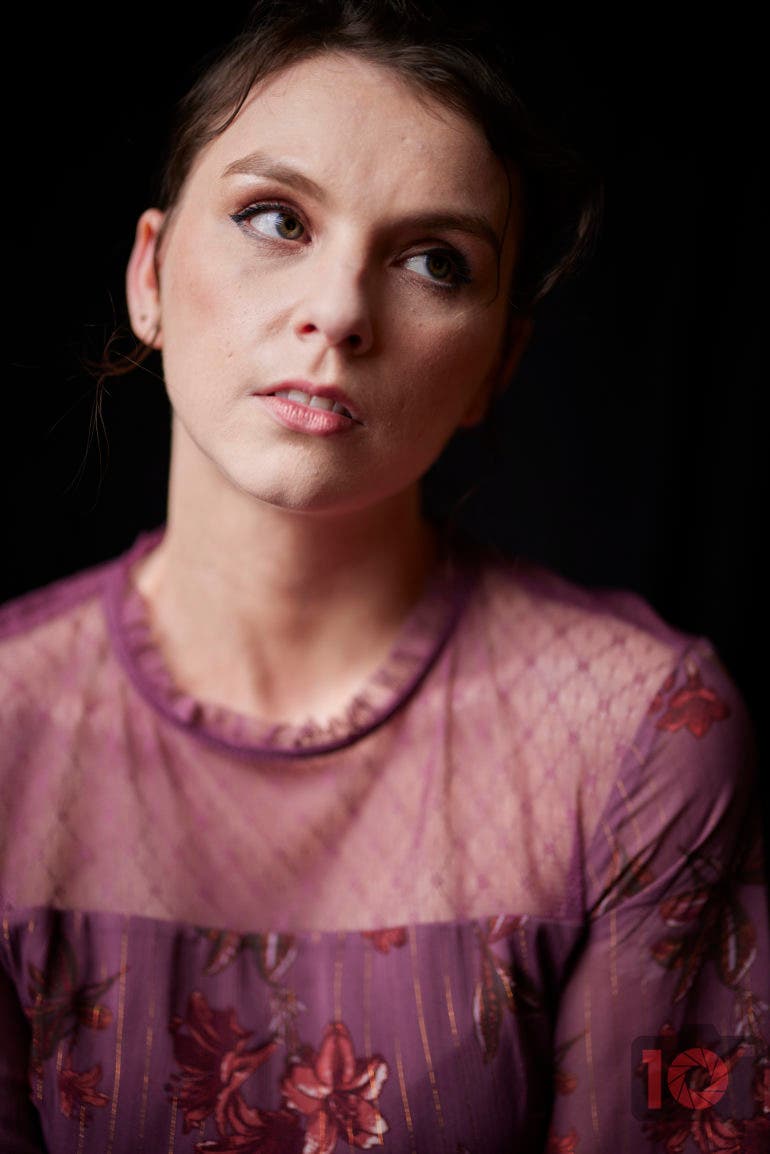

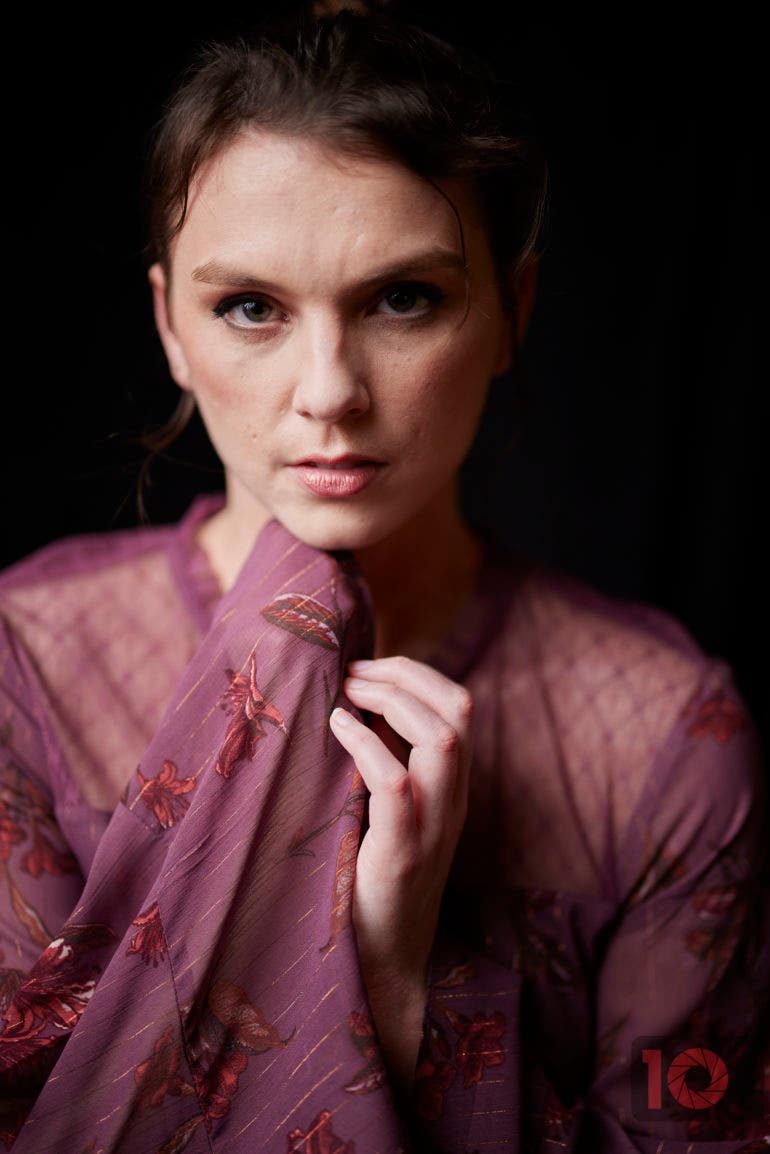

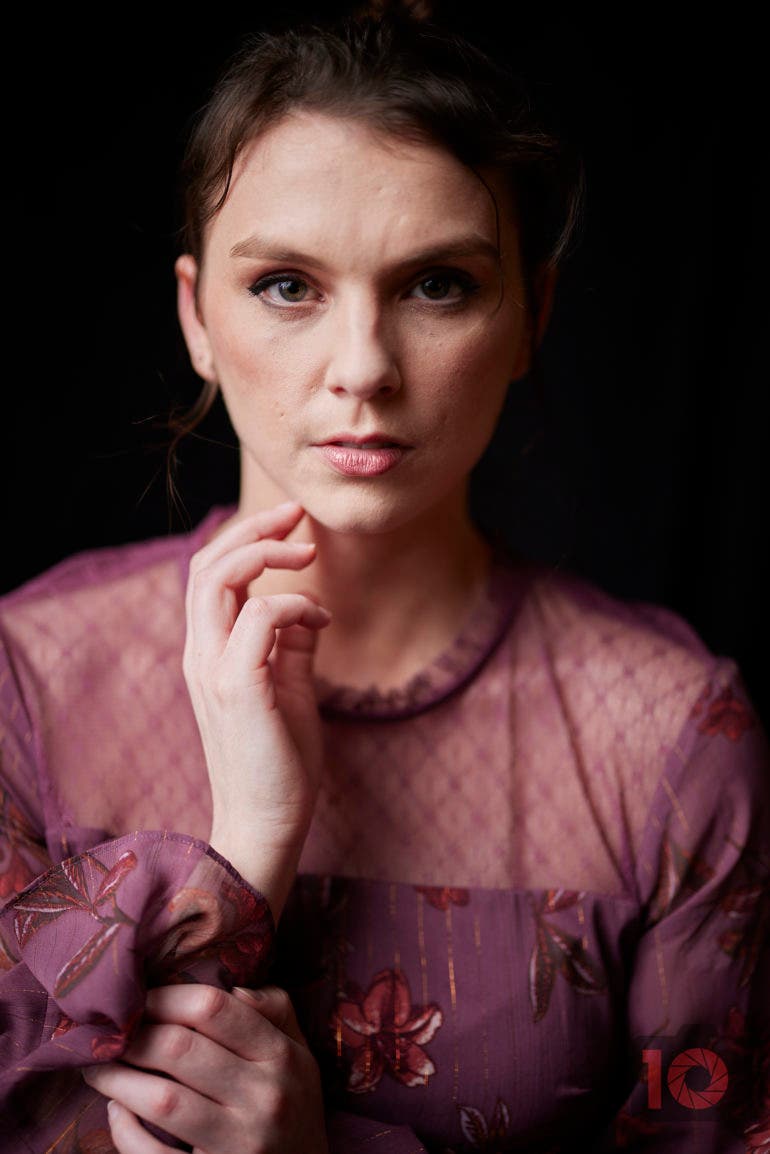


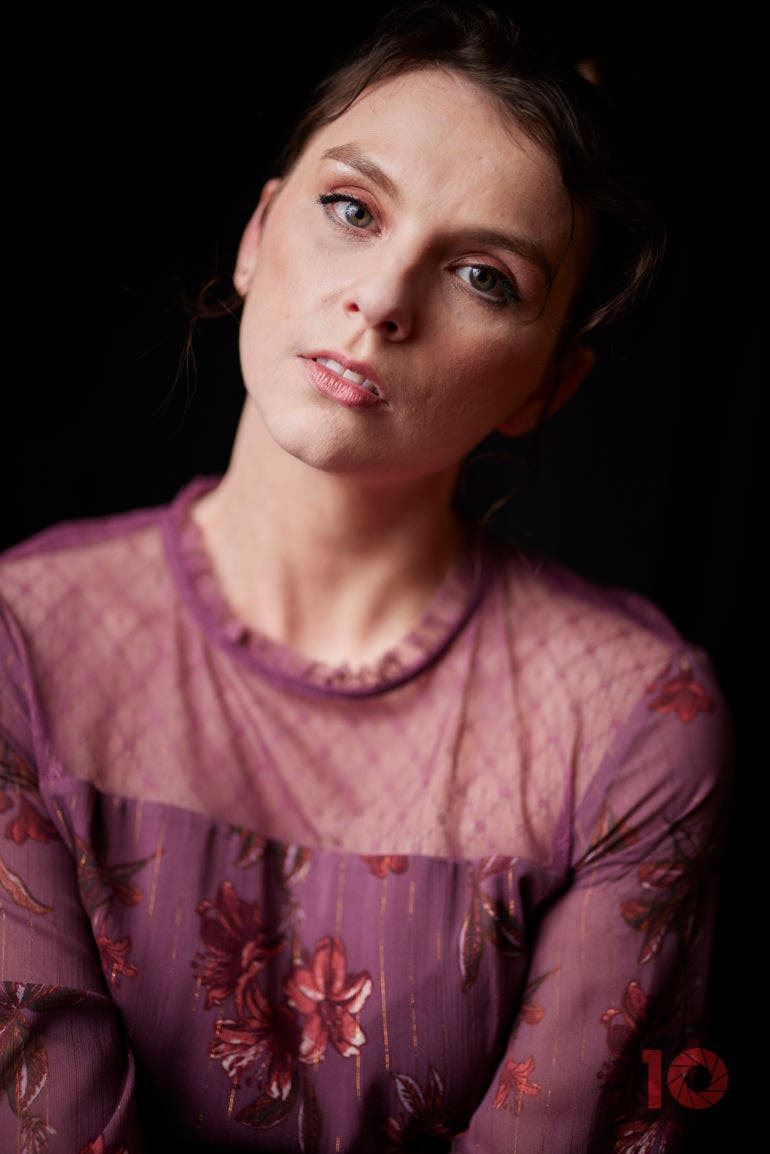
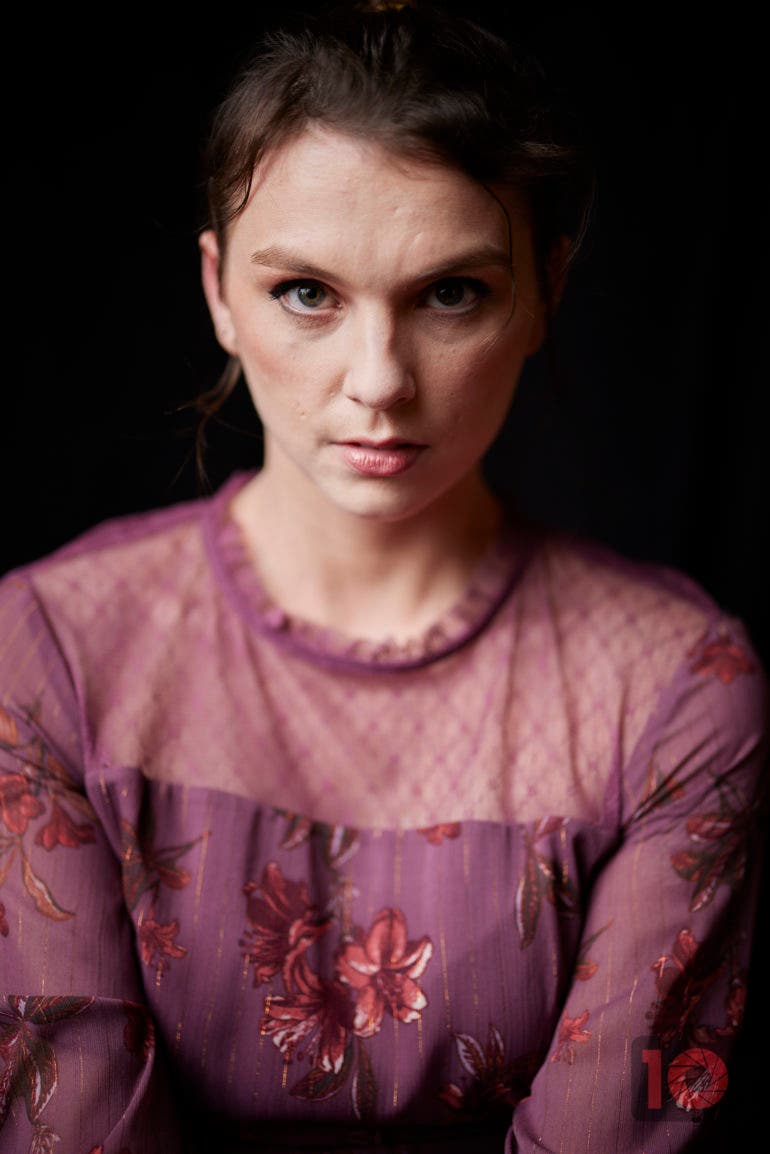
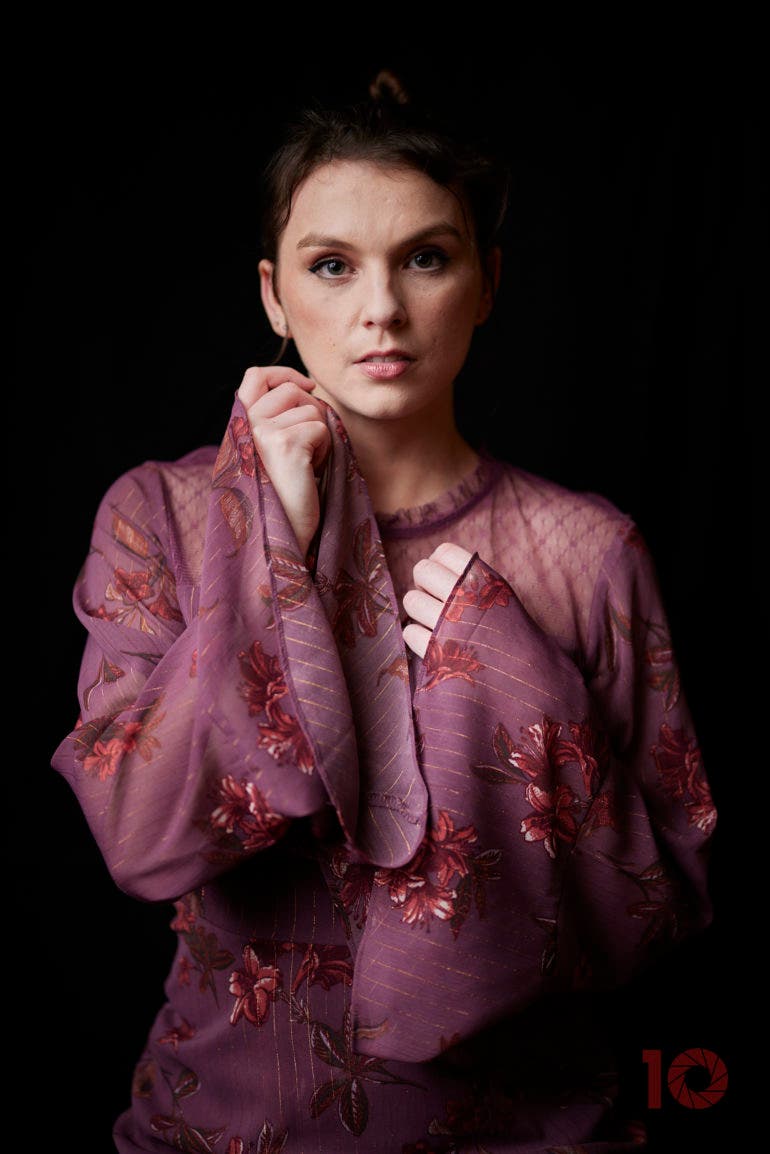
Sony

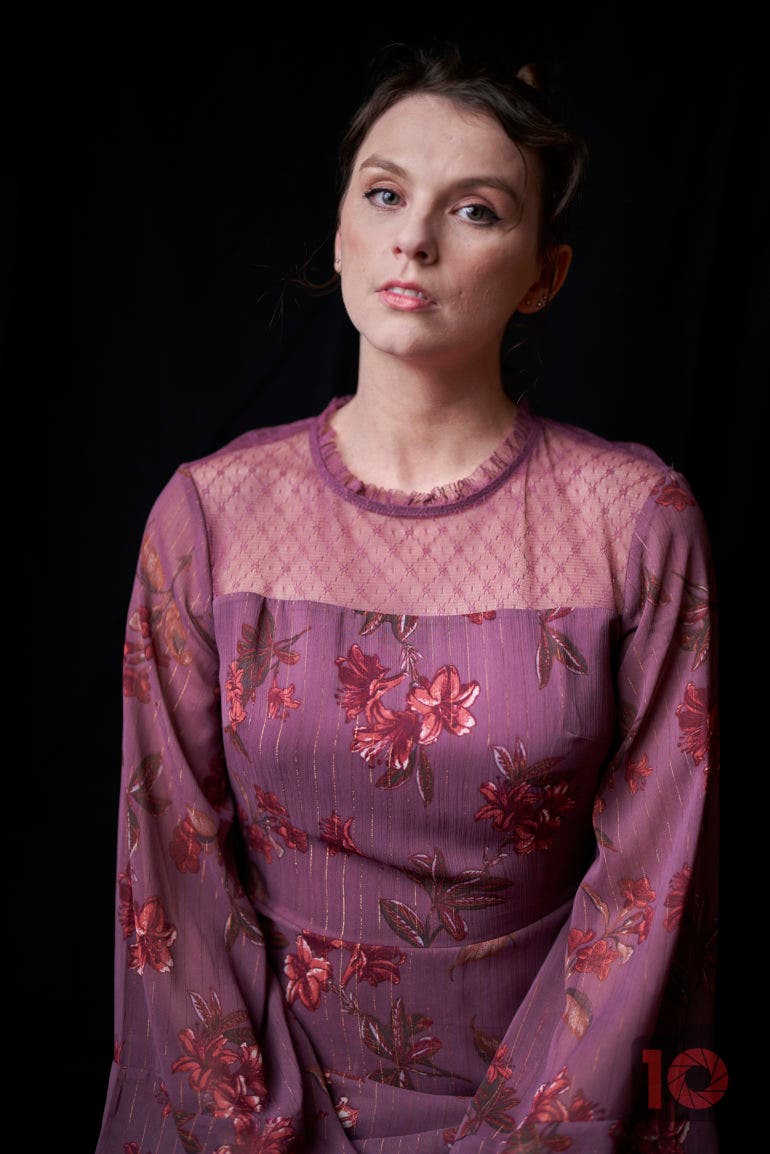

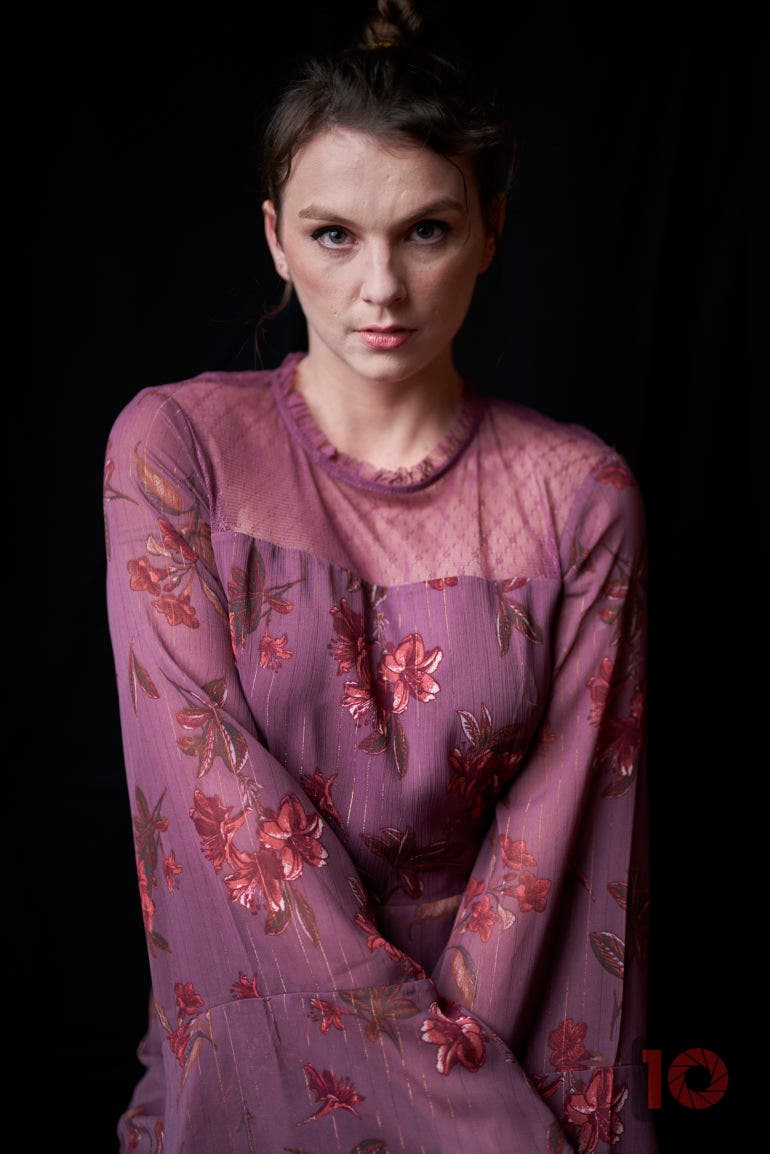







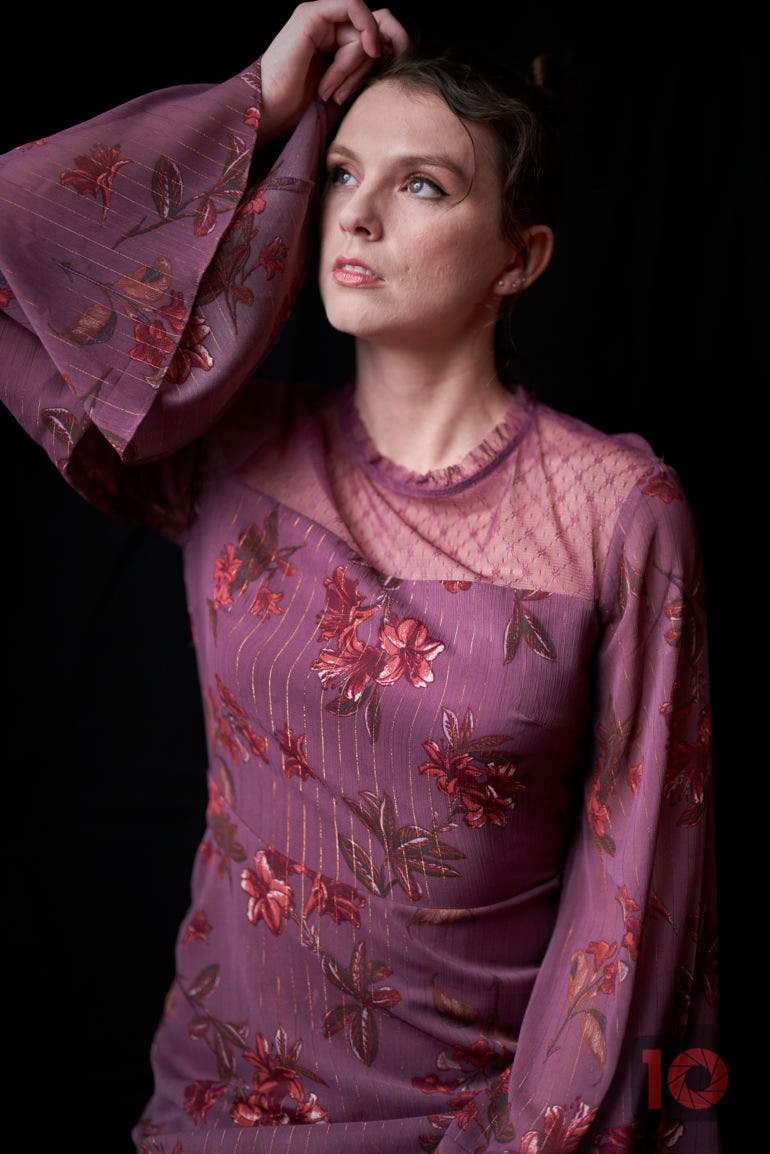








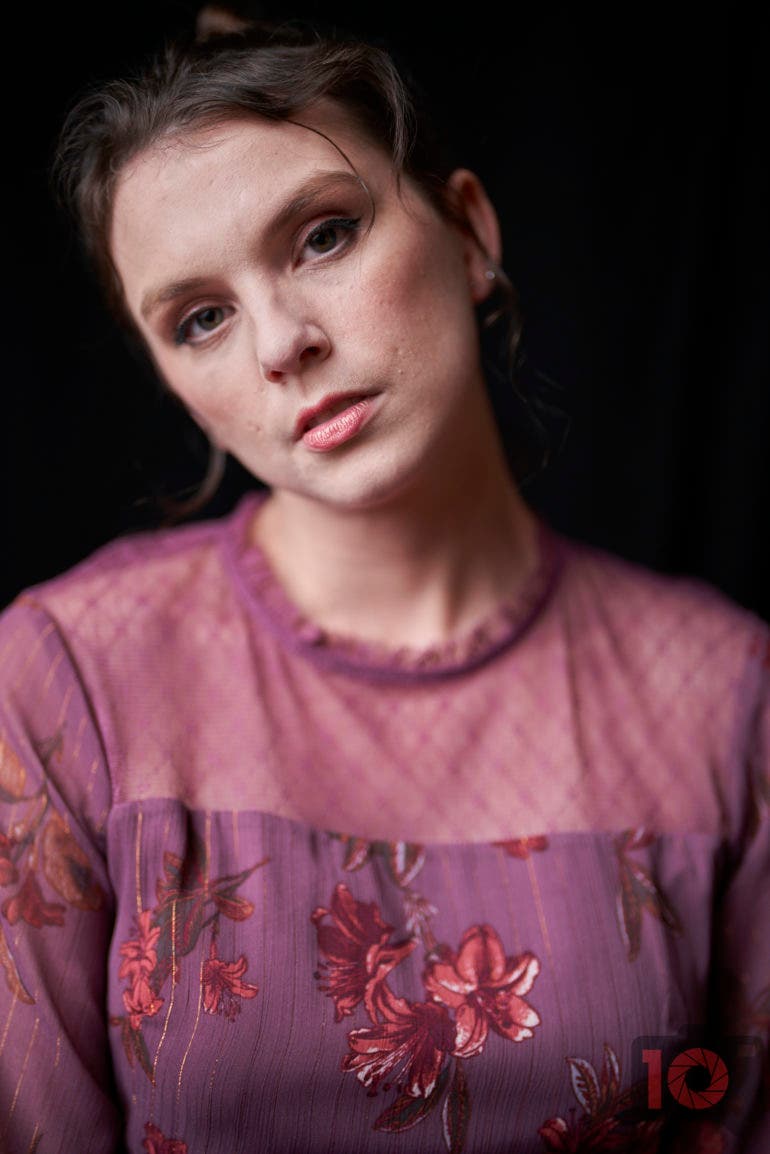





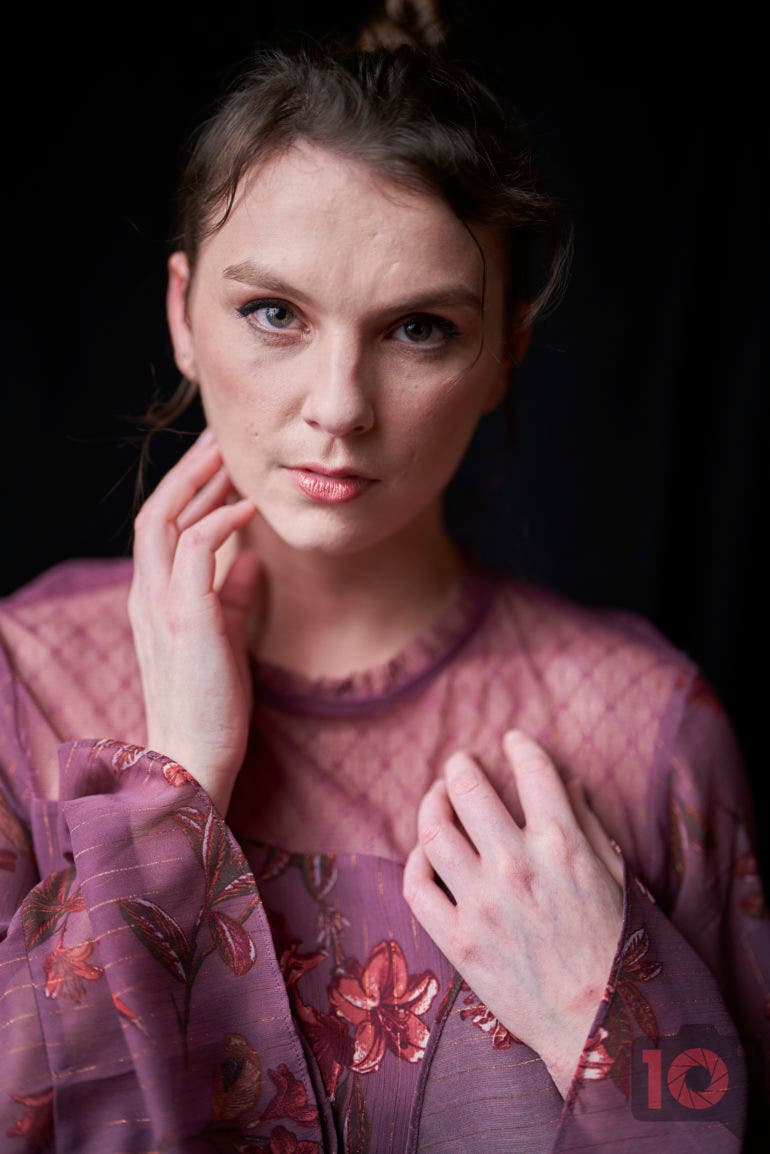

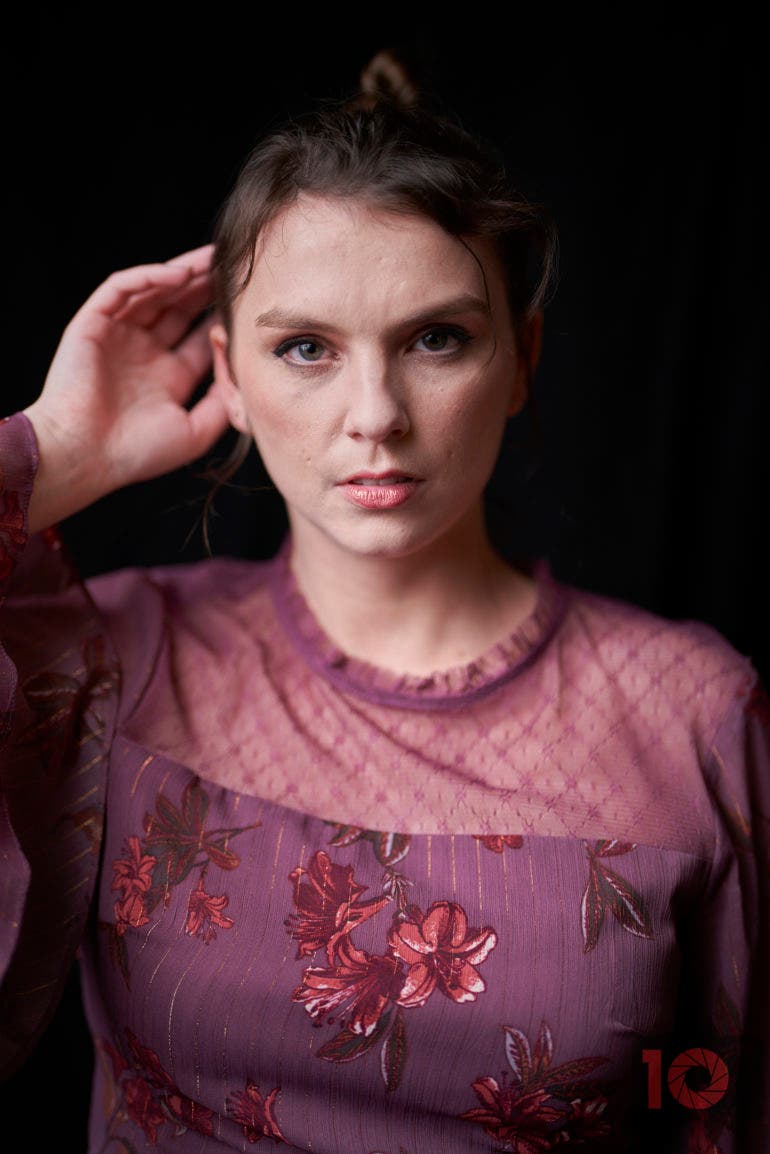


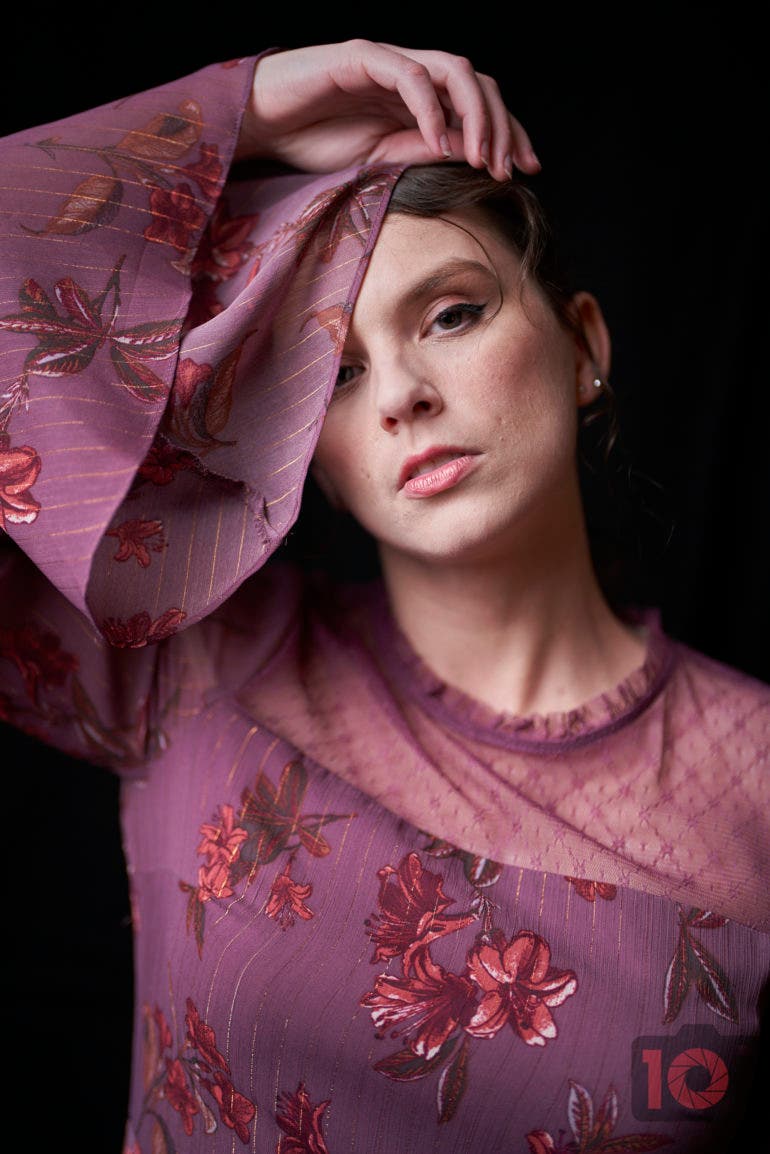

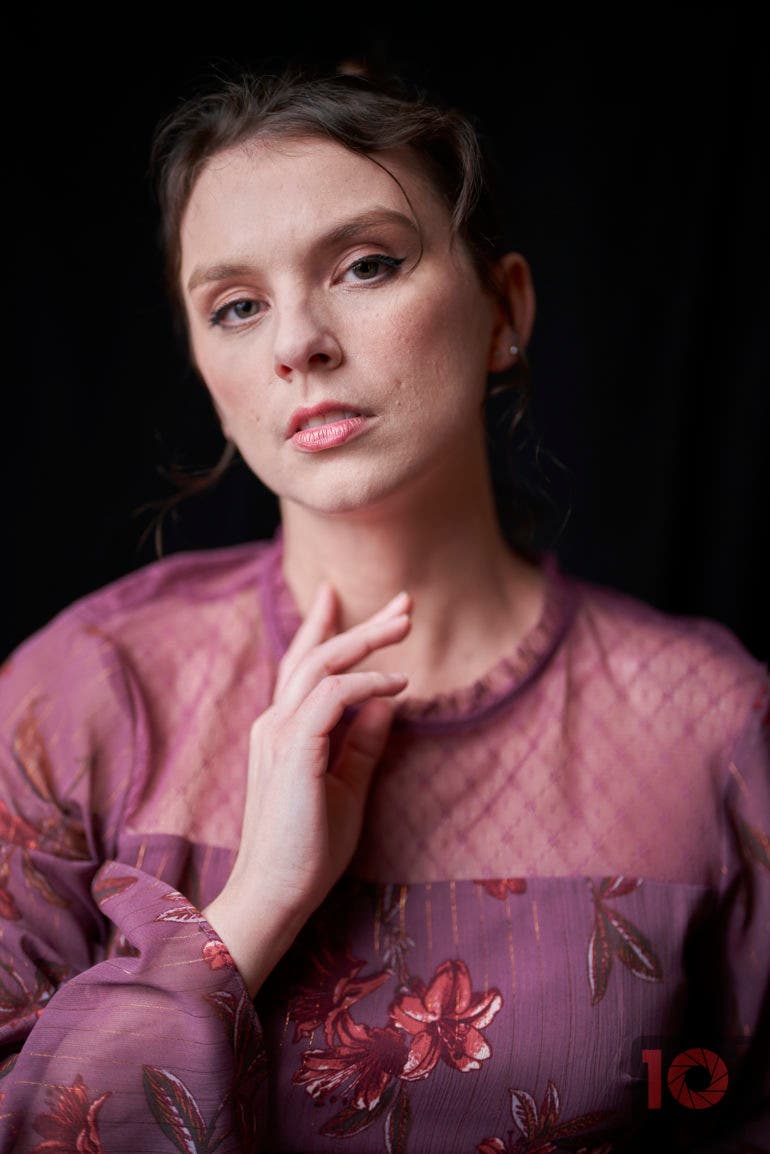

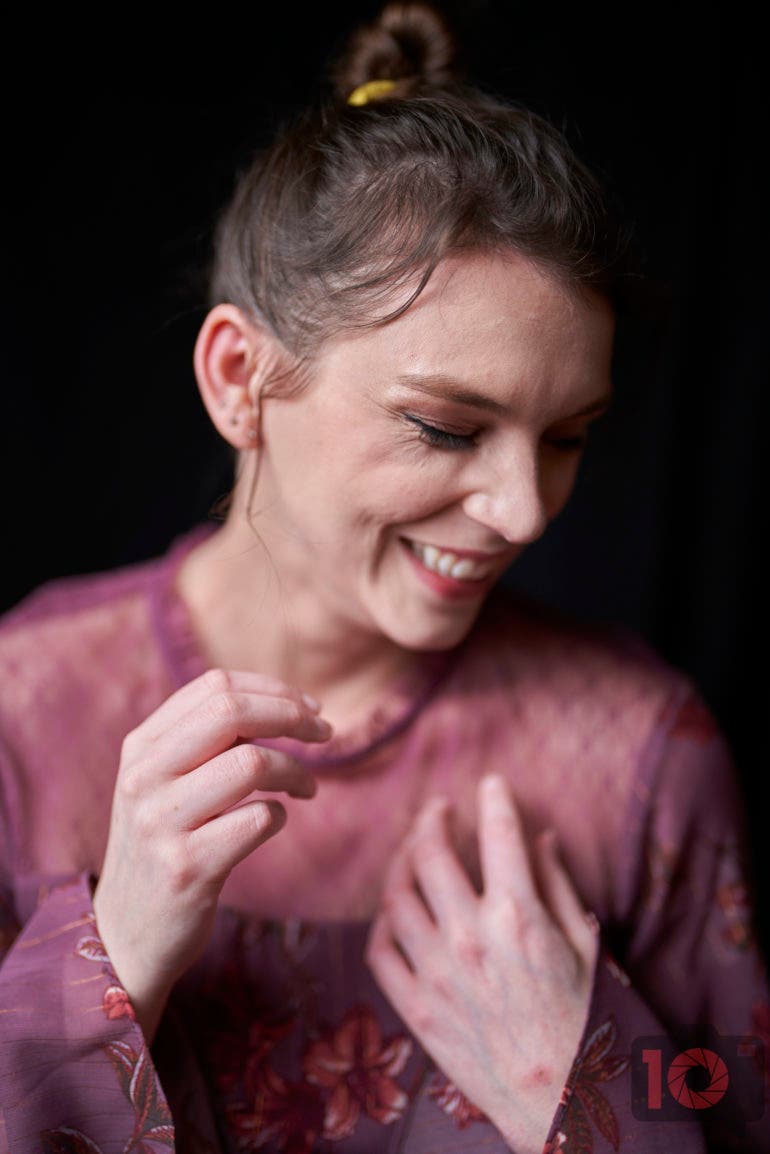



Conclusions
Likes
- Build quality
- Lightweight
- Autofocus speed is good.
- Bokeh
- Sharpness
Dislikes
- Sony lenses still lack character and still pretty much force you to have to use post-production.


The Sony 50mm f1.2 G Master is a fantastic lens overall, objectively speaking. The autofocus performance is quick and accurate in lots of cases. It will serve street photographers, portrait photographers, and any other professional or passionate photographer well. As we saw, it’s going to also stand up to the elements pretty well. Within the FE lens lineup, it’s the fastest aperture lens. It also has incredibly smooth bokeh, sharp optics, and decent color. Personally speaking, I like it more on the Sony a7r III more. We don’t need more megapixels. In all my years, I’m personally shocked that I’m finding myself saying that.
If you’re a 55mm f1.8 FE lens owner, you don’t really need this lens. You’ll gain a bit more light, smoother bokeh, more weight, an aperture ring, and less room in your camera bag. Again, I don’t think I’m upgrading. My 55mm f1.8 serves me incredibly well.
If you’re considering coming over to the Sony system from Canon, rest assured that you’re fine. Canon’s competitive lens renders smoother bokeh somehow or another. It’s also got better color. And for what it’s worth, I’ve never shot a portrait with a Canon lens that I didn’t like. It’s impossible to look bad with Canon optics straight out of the camera. But with Sony, you’re going to need to do some skin smoothing for sure.
Do I approve of this lens? Sure. It’s winning our Editor’s Choice award. The Sony 50mm f1.2 G Master gets 5 out of 5 stars. Want one? Check out Amazon for the latest prices.